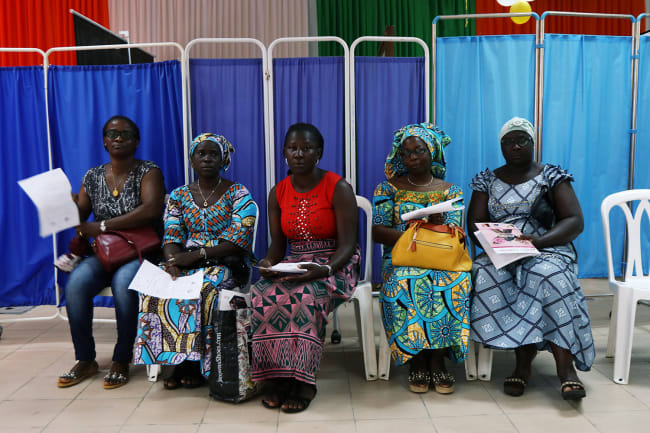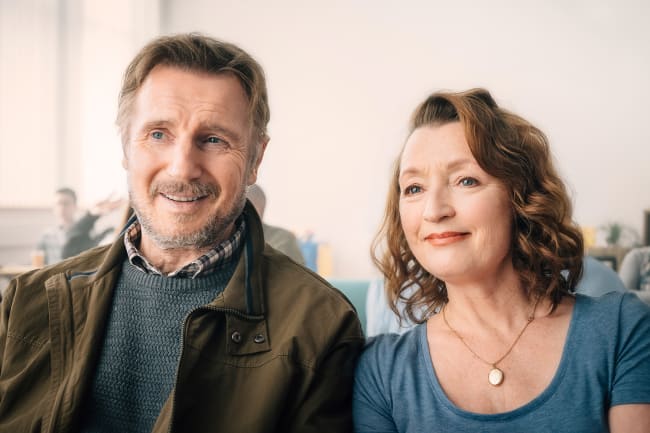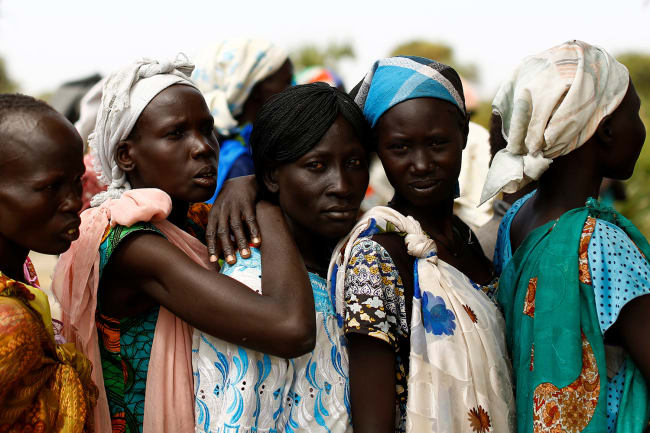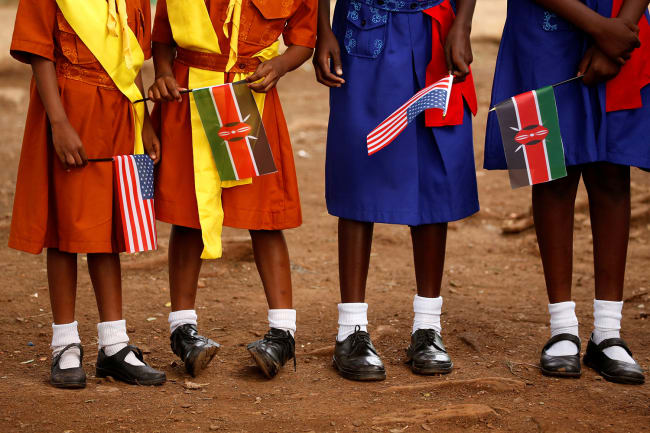As this article went to press, COVID-19 had infected more than two million people and killed more than 140,000. The desperate scramble to flatten the curve, equip hospitals with ventilators and personal protective equipment, and develop effective treatments and vaccines has highlighted the importance of good cross-sectoral relationships in delivering an effective response to the pandemic—a lesson relevant to other diseases as well.
Nearly one in five people will face a cancer diagnosis during their lifetime
Around the world, cancer kills nearly ten million people each year, and this number will almost double over the next twenty years. Nearly one in five people will face a cancer diagnosis during their lifetime. The most striking fact about the burden of cancer is that interventions to prevent and treat many cancer types already exist. Turning the tide on cancer requires the same urgency and collaboration that we need to respond to the COVID-19 crisis. The World Health Organization's (WHO) recently released Report on Cancer estimates that seven million deaths from cancer can be avoided if governments prioritize interventions that are feasible, evidence-based, and affordable, including prevention, value-based treatment and health systems strengthening. These interventions should be integrated into universal health coverage, which aims at giving communities the health services they need without imposing financial hardship.

The WHO's best options for cancer prevention with the greatest benefits include vaccinations to help prevent hepatitis B and human papilloma virus (HPV). The hepatitis B virus is a leading cause of liver cancer, and HPV is the number one cause of cervical cancer around the world. Both the WHO and the American Cancer Society (ACS) have committed publicly to work toward the elimination of HPV-related cancers. With adequate adoption of HPV vaccination plus HPV screening of people who are in at-risk age groups, the potential exists for HPV-related cervical cancer to approach elimination globally.
The potential exists for HPV-related cervical cancer to approach elimination globally
ACS has worked in several low- and middle-income countries to strengthen the response of health systems and civil society cancer organizations to the growing cancer burden, providing the lessons learned from our experience in the United States, where cancer deaths have fallen by 30 percent in the last thirty years. Activities include providing cancer information for those with low literacy, helping people navigate treatment, and providing lodging around major cancer centers. Major prevention initiatives center on HPV vaccination for nine- to eleven-year-old girls and efforts aimed at reducing the burden of other types of cancer, like tools to help policymakers justify higher tobacco taxes, which have been found to be the most effective way to reduce tobacco use and tobacco initiation.
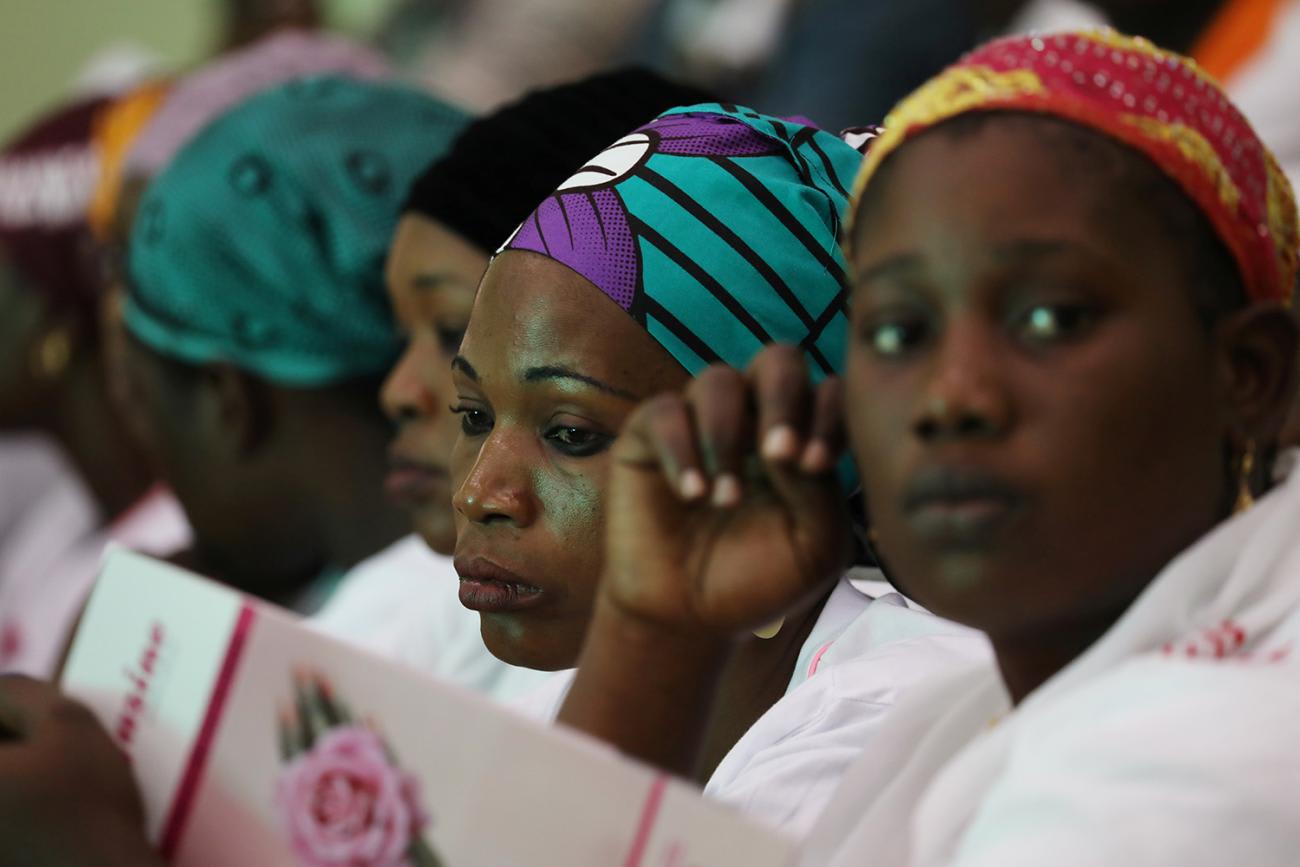
Merck is a major supplier of vaccines and currently ships half of its HPV vaccine doses to low- and middle-income countries. The company invested $1.7 billion last year to expand vaccine production including HPV vaccines. Merck also recently joined the Go Further partnership with the President's Emergency Plan for AIDS Relief (PEPFAR), the George W. Bush Institute, and the Joint United Nations Programme on HIV/AIDS (UNAIDS), an initiative whose goal is to end HIV/AIDS and cervical cancer in sub-Saharan Africa within a generation.
Access to treatment can be improved through value-based pricing and reimbursement policies. Many middle-income countries have established health technology assessment agencies to ensure that health budgets are invested wisely. Where evidence for such assessments is limited, governments and companies can use managed entry agreements to accelerate access to new treatments while addressing any uncertainties about their value through flexible terms. Encouraging the use of generics or biosimilars can also deliver greater value for medicines that are off patent.
Many middle-income countries have established health technology assessment agencies to ensure that health budgets are invested wisely
Realizing the benefits of prevention, treatment and other cancer control interventions depends critically on strong health systems. ACS has convened Allied Against Cancer, a multi-stakeholder initiative in collaboration with the African Cancer Coalition, IBM, the National Comprehensive Cancer Network, and the Clinton Health Access Initiative. Allied Against Cancer has prepared cancer treatment guidelines for forty-six types of cancers, which have been adopted as the standards of care in six African countries. The program has also promoted a tool that provides online access to the guidelines for clinicians, and it negotiated lower prices for standard chemotherapy drugs on the WHO essential medicines list. Merck also supports health system strengthening through programs like the City Cancer Challenge, which aims to improve cancer care quality in cities in low and middle-income countries.
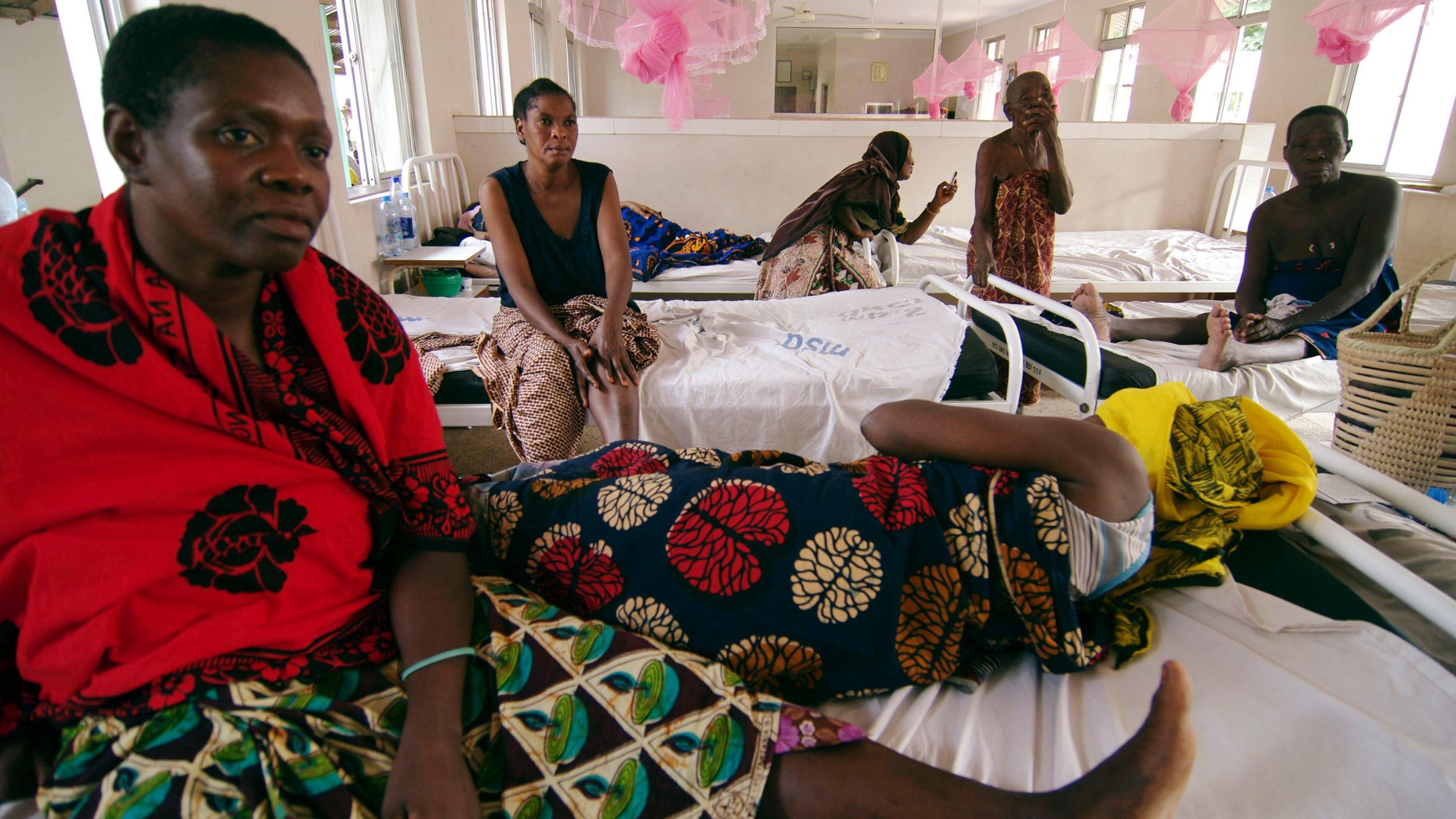
The COVID-19 pandemic has brought the devastating impact of an emerging disease into clear view. Where responses to the pandemic have been well thought out and collaborative, outcomes for everyone have improved. The existing cancer crisis requires a similar approach. To turn the tide on cancer worldwide, governments and other stakeholders must prioritize feasible, evidence-based interventions. If we can act together with urgency, there's hope that seven million lives can be saved by 2030.
EDITOR'S NOTE: The two authors are employed by the American Cancer Society and Merck, and programs supported by these organizations are described in this piece.

